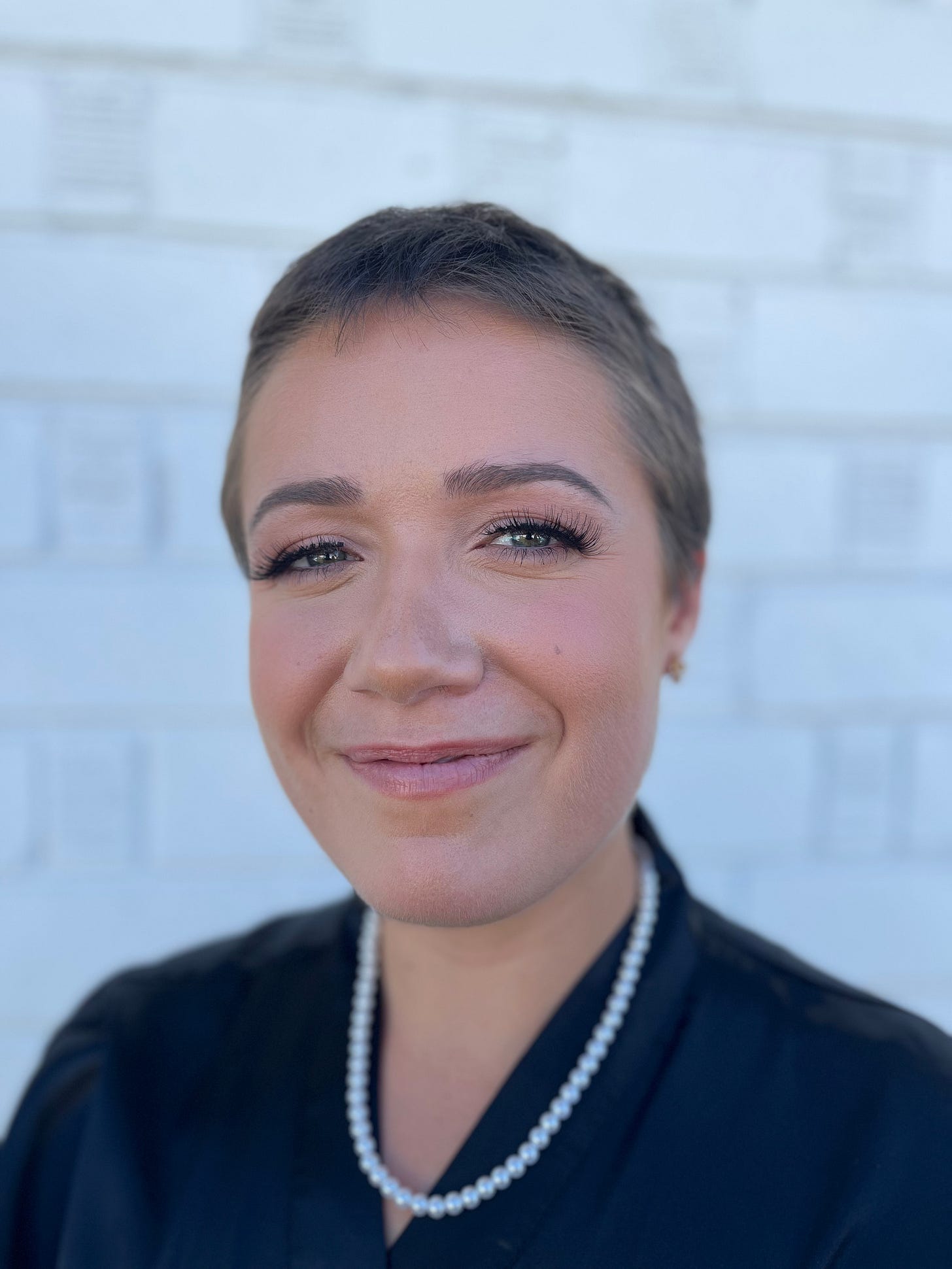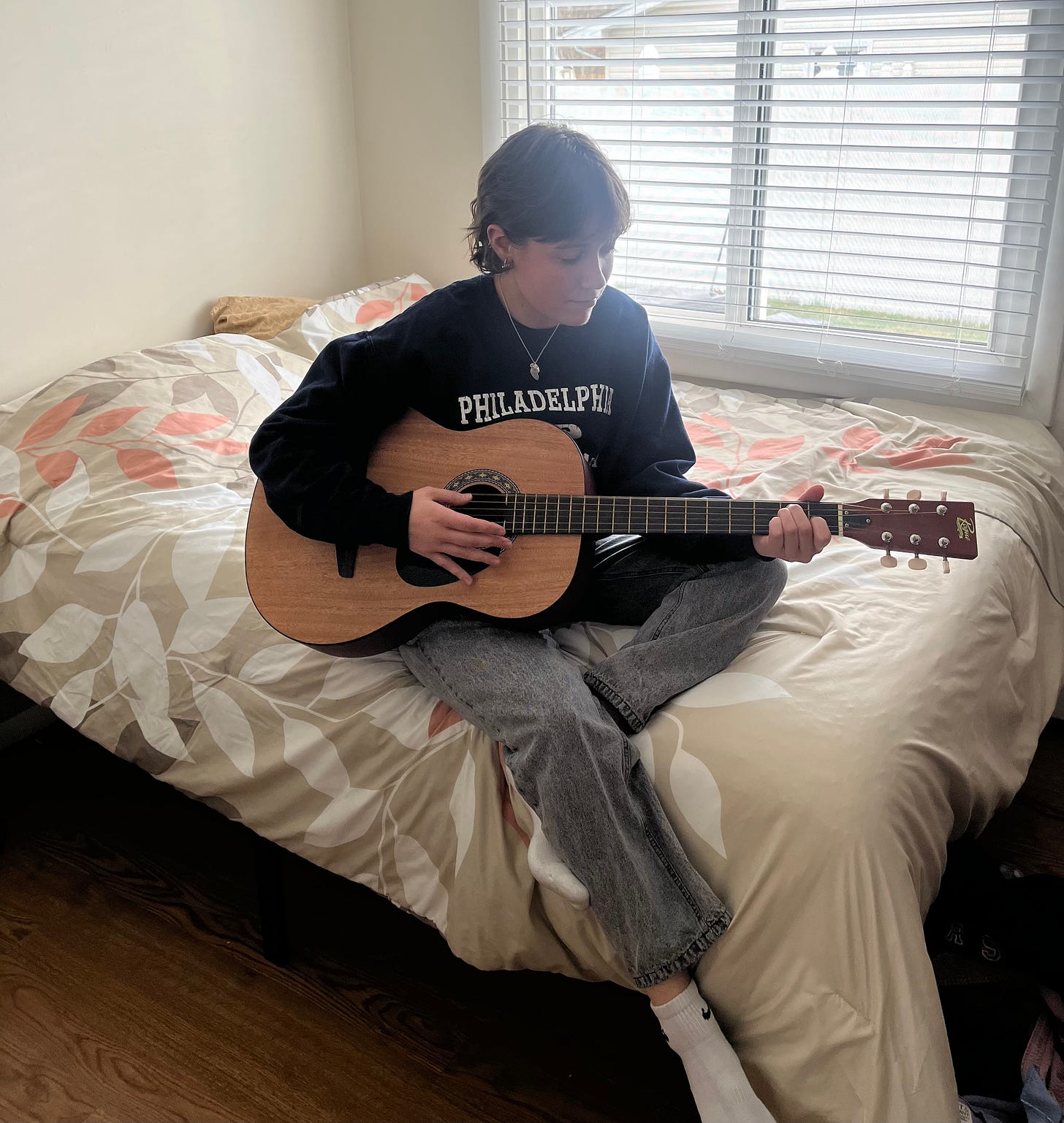Ep. II - Generational engineer turned circuit board technician
Meet Stephanie!
“I do have aspirations to be an engineer one day, but also I don't know if I want to limit myself to just this field. I have a lot of interest everywhere, there's so much out there and I haven't narrowed down what I truly want to do yet. Not sure if I ever will.”
In the heart of every electronic device lies a crucial component that often goes unnoticed — the circuit board. Behind the scenes, professionals like Stephanie, a circuit board technician at SurfTech, work to ensure these essential pieces of technology function flawlessly.
Stephanie's role as a circuit board technician involves a combination of precision, problem-solving, and technical expertise. At SurfTech, a contract manufacturer specializing in circuit board production, Stephanie and her team tackle a diverse range of projects, from powering the lights on a McDonald's juice machine to contributing to space exploration endeavors like those of SpaceX.
As a child, Stephanie was exposed to engineering through her father's profession, igniting her passion for the field.
“I always wanted to get into engineering growing up. My dad is an engineer, so that stuff was always around the house,” Stephanie said. “He works in surface tech manufacturing — putting things like the parts on the circuit board together.”
Her journey into circuit board manufacturing began with a visit to SurfTech, where she was intrigued by the nature of the work and decided to pursue a career in the industry.
“One time I was visiting my friends in Long Island and my dad told me about this company. So I went and visited, did a walkthrough and ended up getting the job,” she explains about her experience starting at SurfTech.
On The Job
Each day at SurfTech presents new challenges and opportunities for Stephanie. From troubleshooting technical errors to meticulously assembling circuit boards on the production line, her job demands unwavering attention to detail. Stephanie emphasizes the immediate gratification of seeing the tangible results of her work, a rewarding aspect that sets her job apart.
“There's like an immediate reward,” she said. “You make the board and you see the end result — well, you don't see what [the circuit board] gets put into. But jobs like teaching, it's a whole different thing — kind of a long-term reward, where I make something and I see it right away and it's very fulfilling.”
Troubleshooting
One of the most significant challenges Stephanie faces in her role is troubleshooting. Whether it's identifying human errors or diagnosing issues with machinery, she must think quickly on her feet to find solutions. Despite the complexity of the problems she encounters, Stephanie finds fulfillment in overcoming obstacles and mastering new skills.
“The biggest part of the job is troubleshooting,” Stephanie explains. “These companies send over what they want us to make, and they have their blueprints, but sometimes a part won't fit how they want it to, or there's problems with machines — it's all troubleshooting. You have to be able to think on your feet and fix these problems.”
At SurfTech, Stephanie operates cutting-edge machinery like the "pick and place" system, which rapidly assembles components onto circuit boards with remarkable precision. While she didn't have prior experience with this technology, Stephanie's aptitude for learning and her familiarity with the manufacturing process enabled her to adapt quickly.
Stephanie's workspace at SurfTech consists of a desk where she reviews job specifications and an assembly line where she constructs circuit boards. She collaborates with colleagues in various roles, from setup technicians to quality control inspectors, ensuring that each board meets the highest standards of quality.
“I have my desk where I look at the prints for the jobs,” the generational engineer said. “Then I build them on the assembly line.”
The Process
“My dad taught me about this…” she explains. “The way he taught it to me is you take a piece of bread, you smear peanut butter on it, and that's like the solder paste, which fuses the parts of the board. Then you put bananas on the peanut butter and then put it in the oven. But that's like what we do, we put the paste on one machine, the next machine puts parts on and then we put it in the oven and finalizes.”
Misconceptions
One aspect of Stephanie's job that often goes unnoticed is the meticulous attention required to prevent errors at every stage of production. From verifying part placement to monitoring machine performance, she remains vigilant throughout the manufacturing process to uphold quality standards.
In her spare time, Stephanie enjoys pursuits that offer a stark contrast to her workday. Whether strumming her guitar or hitting the slopes for a snowboarding session, she finds balance by engaging in hobbies that nurture her creativity and physical well-being.
What’s Next?
Looking to the future, Stephanie harbors aspirations of becoming an engineer while remaining open to exploring diverse career opportunities. Her experience as a circuit board technician has equipped her with invaluable skills and insights that will undoubtedly serve her well in any path she chooses to pursue.
“I do have aspirations to be an engineer one day, but also I don't know if I want to limit myself to just this field,” Stephanie said. “I have a lot of interest everywhere, there's so much out there and I haven't narrowed down what I truly want to do yet. Not sure if I ever will. There's so much to do. It all seems fun.”
For aspiring circuit board technicians, Stephanie offers sage advice: embrace the opportunity to learn and adapt, cultivate attention to detail, and approach challenges with a resilient mindset.



